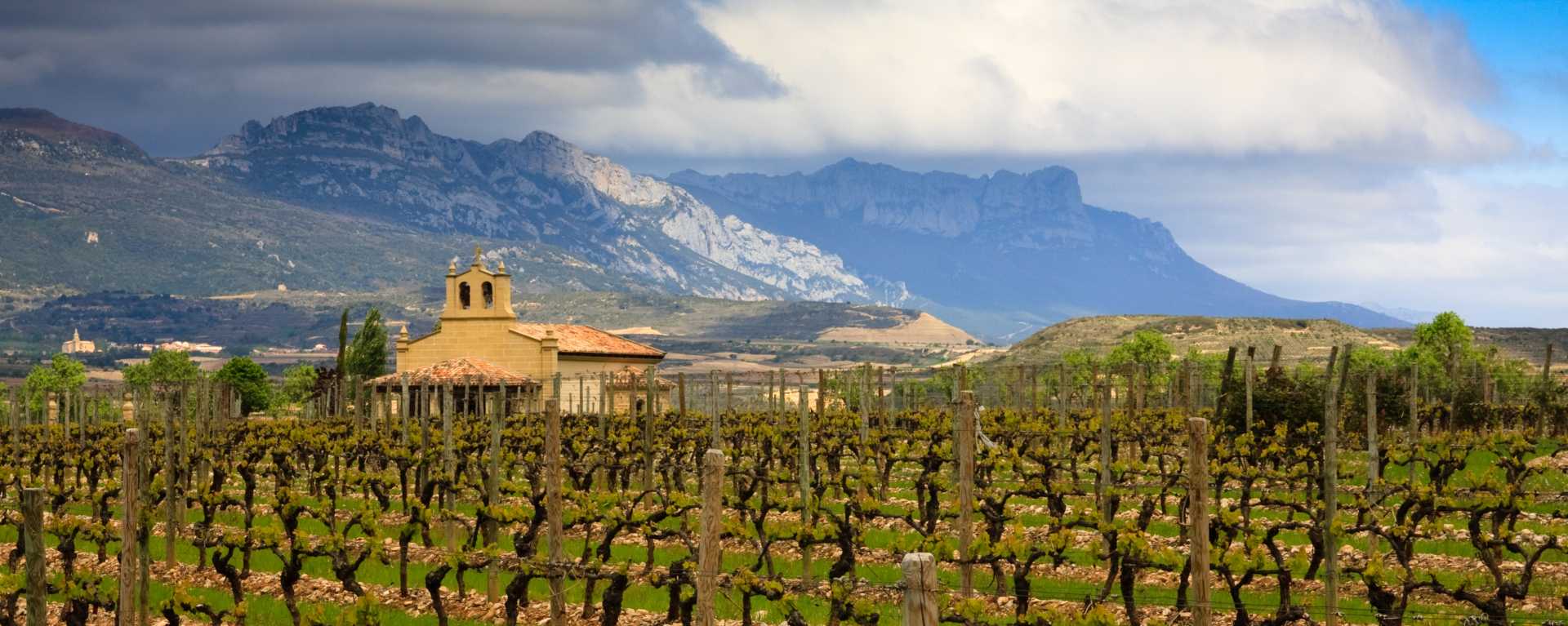Conreria d'Scala Dei Black Slate La Morera Blanc 2014
-
Robert
Parker



Product Details
Your Rating
Somm Note
Winemaker Notes
Professional Ratings
-
Robert Parker's Wine Advocate
Black Slate is a project from US importer Eric Solomon who works with different producers across Priorat to create a range of wines that show the character of the different Priorat villages at affordable prices. Each wine belongs to the winery that produce it and they are all village wines that carry the name of the village. I had the chance to taste from two bottles, one that was just opened and one that had been opened the day before and the differences were awesome. I'm talking about the 2014 Black Slate La Morera, which despite being called black is really white (!) and is produced in conjunction with Jordi Vidal of La Conrería de Scala Dei. The bottle that was opened and poured had a nice floral aroma and some waxy notes that were fresh and primary. But the one that had been opened for a day was darker in color and the nose was much more interesting with waxy aromas of dry apricots, and started to show some wild herbs, fennel and tarragon and the texture had also changed to be more focused while gaining in volume. I thoroughly advise that if you like funkier whites with more character you should decant a bottle one day in advance! This is mostly Garnacha Blanca with some 7% Pedro Ximenez at higher altitude as the village of La Morera is around 700 meters high and the soils are not only slate, but they also have some chalk (the influence form Montsant) that provide for a different kind of minerality, more sapid/salty. Great white from Priorat at amazing price.
Other Vintages
2016-
Wine
Spectator -
Jeb
Dunnuck







The estate was founded in 1997 by Jordi Vidal and two friends. Their top site, Les Brugueres, and its centenary vines of Garnatxa Blanca produces one of the most delicious, single-varietal white wines in the DOQ. Jordi also makes an elegant version of Black Slate from vines in Escaladei as well as our only Black Slate white from vines he tends in the village of La Morera.
Jordi organically farms several sites that vary in location, elevation and soil. While most are located near the winery there are a few vineyards in the neighboring villages of La Vilella Alta, Poboleda and La Morera. Some sites are planted on steep slopes and terraces while the remainder are on lower-elevation alluvial soils. The vine age at Concreria d’Scala Dei ranges from 10 to well over 100 years old. While most of the vines are rooted in llicorella soils there are higher percentages of clay and limestone nearer the Montsant range. The estate controls 26.5 hectares planted with Garnatxa Negra, Carinyena, Syrah, Cabernet Sauvignon, Merlot, Garnatxa Blanca and Pedro Ximénez.
With nearly a dozen sites and such an array of varieties, harvest at Conreria d’Scala Dei is quite hectic. Each site and variety is harvested by hand and brought to the cellar to be fermented separately. The whites are crushed and see a short maceration before pressing followed by fermentation and aging in tank. The reds see short macerations, of less than 20 days, followed by aging in neutral French and American oak barrels.

With hundreds of white grape varieties to choose from, winemakers have the freedom to create a virtually endless assortment of blended white wines. In many European regions, strict laws are in place determining the set of varieties that may be used in white wine blends, but in the New World, experimentation is permitted and encouraged. Blending can be utilized to enhance balance or create complexity, lending different layers of flavors and aromas. For example, a variety that creates a soft and full-bodied white wine blend, like Chardonnay, would do well combined with one that is more fragrant and naturally high in acidity. Sometimes small amounts of a particular variety are added to boost color or aromatics. Blending can take place before or after fermentation, with the latter, more popular option giving more control to the winemaker over the final qualities of the wine.

Tiny and entirely composed of craggy, jagged and deeply terraced vineyards, Priorat is a Catalan wine-producing region that was virtually abandoned until the early 1990s. This Spanish wine's renaissance came with the arrival of one man, René Barbier, who recognized the region’s forgotten potential. He banded with five friends to create five “Clos” in the village of Gratallops. Their aim was to revive some of Priorat’s ancient Carignan vines, as well as plant new—mainly French—varieties. These winemakers were technically skilled, well-trained and locally inspired; not surprisingly their results were a far cry from the few rustic and overly fermented wines already produced.
This movement escalated Priorat’s popularity for a few reasons. Its new wines were modern and made with well-recognized varieties, namely old Carignan and Grenache blended with Syrah, Cabernet Sauvignon and Merlot. When the demand arrived, scarcity commanded higher prices and as the region discovered its new acclaim, investors came running from near and far. Within ten years, the area under vine practically doubled.
Priorat’s steep slopes of licorella (brown and black slate) and quartzite soils, protection from the cold winds of the Siera de Monstant and a lack of water, leading to incredibly low vine yields, all work together to make the region’s wines unique. While similar blends could and are produced elsewhere, the mineral essence and unprecedented concentration of a Priorat wine is unmistakable.
